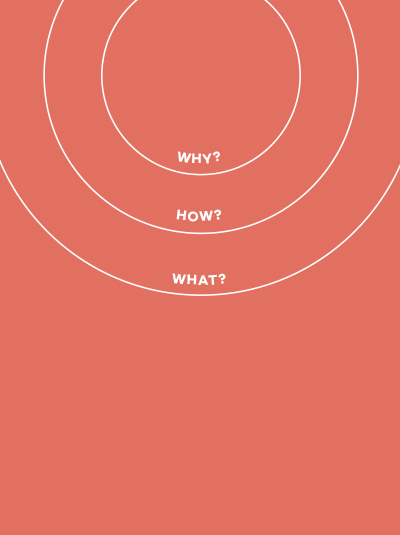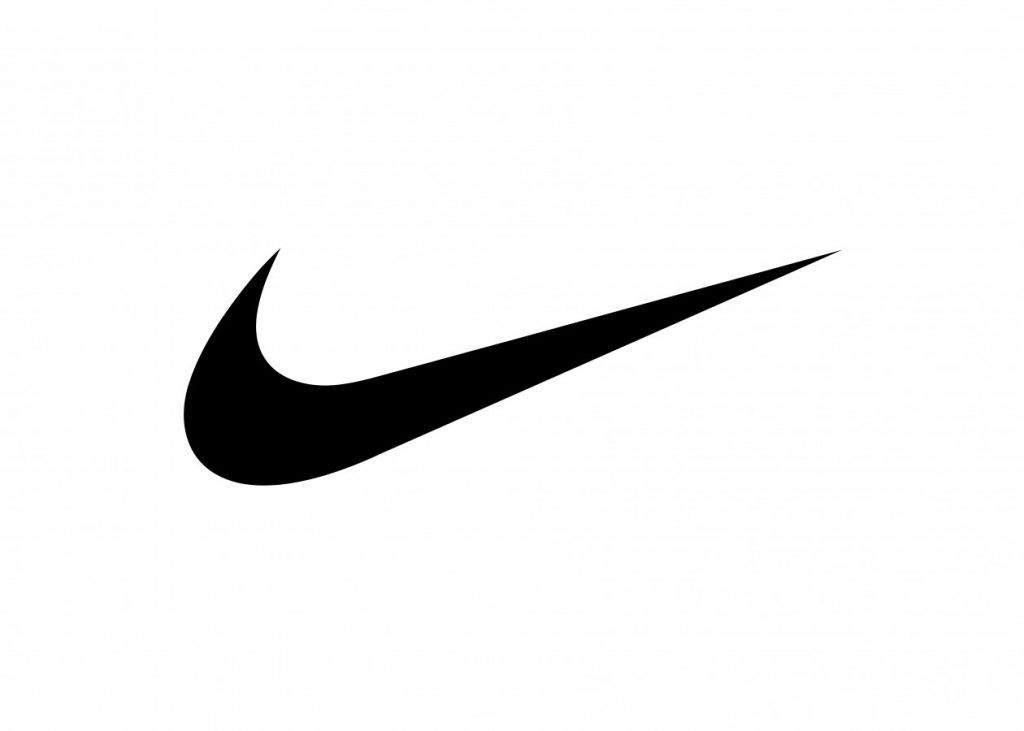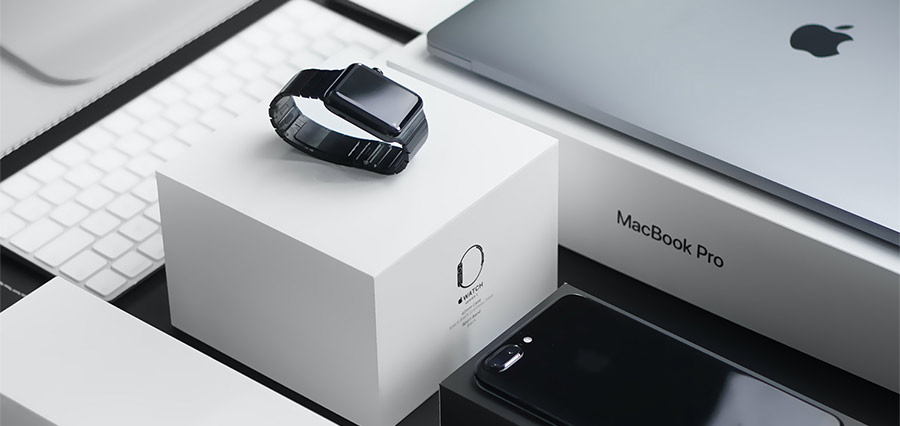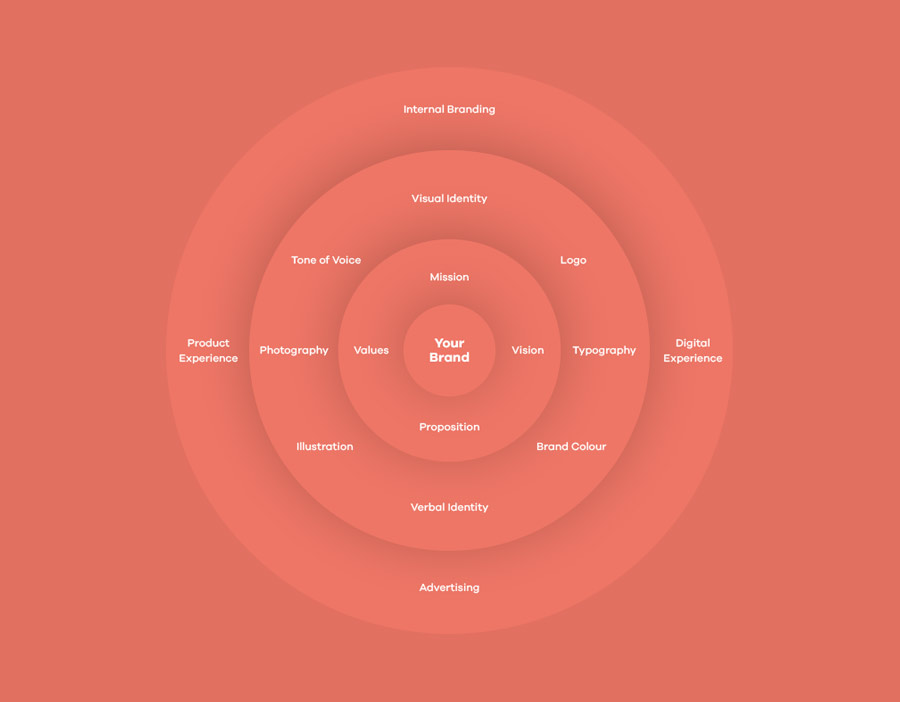Branding vs Logo
17th Aug 2020

But… they’re the same aren’t they?
At think3, we’re all about building and creating strong brands. To understand a brand’s full potential, it’s vitally important to understand what are the fundamental differences between branding vs logo. There is a huge misconception about both in that they are one of the same. Whereas the two are absolutely connected – they are not the same service.
What is a logo?
Before we begin debating what is the difference between Branding vs Logo, we need to first understand exactly what they are. Now everyone knows what a logo is. It’s a shape/symbol that companies use to represent their company, you think of Nike and you think of the swoosh, what about McDonald’s? It’s the golden arches. It is essentially a visual shortcut into the company, and in many ways will be your first thought during the buying process.

Now, I know what you’re thinking…. that’s branding isn’t it? Nope, a logo is a small cog of the bigger machine that is called branding.
So, what is a brand?
A brand today is so much more than just a look or a logo. It has come to signify that instant emotional reaction a company can evoke from its customers. It also represents the conversation that customers are having with each other about the company, and how that spreads.
You take Apple as an example now when you think of the global company, Apple, what are your first thoughts? Typically, you may think of quality products, innovation, high-end, and in some cases, expensive. These are your gut emotional responses to a brand that has been formed through experience or through memories which results in a connection. Your emotional response to that brand will ultimately determine your buying behaviour and either make you want to buy from the brand or in some cases not.

A great summary of ‘brand’ is by New York Times Bestseller Seth Godin: A brand is the set of expectations, memories, stories, and relationships that, taken together, account for a consumer’s decision to choose one product or service over another. If the consumer (whether it’s a business, a buyer, a voter or a donor) doesn’t pay a premium, make a selection or spread the word, then no brand value exists for that consumer.
In order to have a successful brand, the key is to understand exactly who you are as a company, why you do/provide the service or product and what makes you different from the rest? Understanding the core of your company will help you to lay the foundations of your brand and put you into a position where you can help your customers to have those positive emotional reactions and fundamentally connect to your brand.
What are the elements of branding?
Now, to put yourself in the best position you have to take that step back and look at all of the different elements of branding that you’ll need to create in order to prepare how your company is perceived by your customers because as we have just mentioned a logo is not a brand. So let’s take a look at the core elements of branding, as you can see in the visual below ‘Your Brand’ sits proudly in the middle. Each ring represents the next level of elements that makes up your branding:

Brand Strategy
Before you know what tangible elements you want to make up your brand identity, you need to know who you are as a brand, what you represent, and what makes you stand out. These are identified within the 2nd ring on the image above.
Who your brand is, is made up of a few key elements:
- Mission – What’s your “why? as a company
- Values – What fundamental beliefs and principles drive your company and it’s decisions?
- Brand personality – Are you fun? Corporate? Edgy?
- Unique positioning – What makes you different than the rest?
- Brand voice – How do you communicate with your customers? What sort of language do you use?
These elements are what define your brand, and before you start building your brand identity, it’s important you have a clear understanding of each of these elements. A great exercise is to start with your Why, What, and How? This will allow you to start to understand some of the foundations of what makes you, you. At think3, during the Brand Strategy process, we like to use various processes and methods to get the most out of our Brand Workshop, such as:
- Personality Cards – We use this as an interactive tool to debate exactly what your personality is as a brand. It’s fun and experimental and most importantly it gives everyone an opportunity to have an opinion.
- Audience personas – These are a fantastic tool to help you identify exactly who is your key audience and therefore how we can build a brand around them.
- Competitor Matrix – This is a nice and simple way to understand exactly where you sit amongst your competitors, helping to pave the direction your brand needs to head in order to get where you want to be.
A fantastic Ted talk delivered by Simon Sinek is a great source of inspiration for helping you to understand your What, How, and Why?
Brand Identity
Your brand identity is what will build the brand identity of your company, its all of the tangible elements that will determine how your brand is perceived by your customers, it’s all of the touchpoints that engage, interact, excite them. These are things like your logo, web design, social media imagery, packaging, business cards, colours, typography, all the way to uniforms your employees wear.
In other words, smashing your brand identity, which is being driven by your strategy = building a bloody good brand and business that is ultimately a spot-on representation of who you are as a brand. You get all of these ingredients right and you are on to a winner!
So, how exactly do you nail your design and build a brand identity that will take your business to the next level? Good question, the key is to be completely driven by your strategy. It’s why you focus on those core bits first before moving onto the nice, pretty visuals! They are the engine in the car and without them the car won’t drive… Always design with your strategy in mind.
Right, now let’s break down the different areas of your visual identity so we can understand what you need:
Developing your brand identity
Effective Logo Design
Your logo is central to your brand identity design, and whilst despite confusion for being the ‘brand’, it is the element of your brand identity that people will be exposed to the most and therefore time needs to be taken to create an effective logo design in order to connect with your audience. It needs to be in tangent with all the other elements of your brand identity, creating a visually consistent and appealing brand.
Website Design
The big one, your website. Whilst your logo is the most exposed it’s your website that can really make or break your customers buying process. It’s your shop front, it’s your window display at Harrods. If you put the effort and thought into your website design (which you should) then you will reap the benefits. Your customers will definitely be checking your website before they decide to do business with you and any issues they may have with the UX or design and they will judge and they may not engage. Your website is where your brand identity should come through at it’s digital finest!
Typography
Typography is so often overlooked, and if you’re wondering what is this wonderful word… then you guessed it – it’s the font (or type) that you use for your branding. Choosing the right type is a huge element of representing your brand and it’s personality, choosing the wrong type for your branding can cause inconsistencies, so choosing the right type will say a lot about your brand, so choose them fonts wisely.
We’ve written a great article to help you ‘Choose the right type for your brand‘
Colour Palette
By using the same colors and keeping consistency across all of your branding, you strengthen your brand’s association with those colors, and by extension strengthen brand awareness as a whole.
A lot of choices around the colours chosen for your brand are driven by colour psychology, for example, blue expresses calm, red, and yellow generally express passion and energy. The key to picking the right colour palette is choosing the right complementary colours with a mix of 1 to 3 primary colours.
Brand Guidelines
The final element for your brand identity is your comprehensive brand guidelines. This will be an accumulation of all of the other pieces coming together helping to collectively communicate your brand now and, in the future, reinforcing your vision, mission and values in a clear and distinctive way and form the basis for your brand stationery.
Your brand is what other people say about you when you’re not in the room.
Jeff Bezos – CEO / Founder AmazonSo, hopefully, this post has outlined the difference and made you aware that a logo isn’t a brand. A logo is a small cog into the bigger machine that is Brand. The strength of branding comes by working through the right processes such as the Brand strategy, looking at your what, how, and why. Understanding exactly who your customers are and how to reach out to them, and understanding what it is that makes you different from your competitors. Building a strong Brand identity of all of your tangible elements, should be driven fundamentally by the answers from your Brand Strategy and if you do that, then you should then be off to a winner!
Looking for a change?
There could be a thousand and one other business issues that could be resolved in many ways, and looking to rebrand isn’t always the right answer. However, having a chat with us a think3 will allow you to really get into the gritty details of what drives you and your business and as outlined in this post we feel this is such an important process to go through. Our usual approach will always start with an audit of your brand and then we move on to discover everything about your company and customers through a validated and customised ‘brand workshop‘.
We feel like we’re pretty good at what we do, and we love to do it – so please get in touch if you have any of the above problems.



